Hair combs and brushes are the most common hair care tools in our daily lives. They play a significant role in maintaining hair health and achieving desired hairstyles.
In today’s comprehensive guide, I will explore different kinds of combs and brushes, as well as how to choose the appropriate one.
Seven common types of combs and their uses
Based on the spacing between the teeth, we can divided combs into two categories, namely, wide-tooth combs and fine-tooth combs.
Generally, wide-tooth combs have a spacing of typically 3 millimeters (0.12 inches) or more, suitable for dealing with tangled hair, wet hair, or curly hair. Fine-tooth combs have a spacing of usually 1 millimeter (0.04 inches) or less and are suitable for styling straight hair or fine hair.
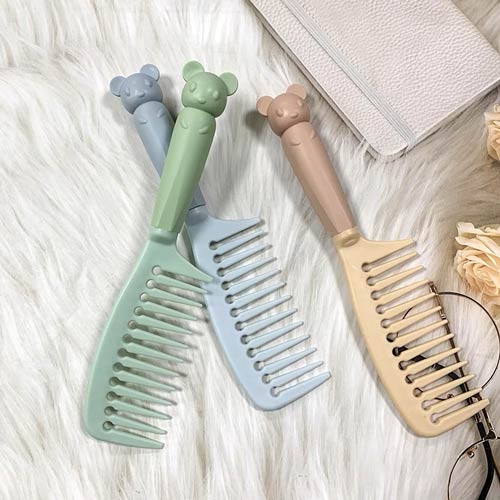
Wide-Tooth Comb
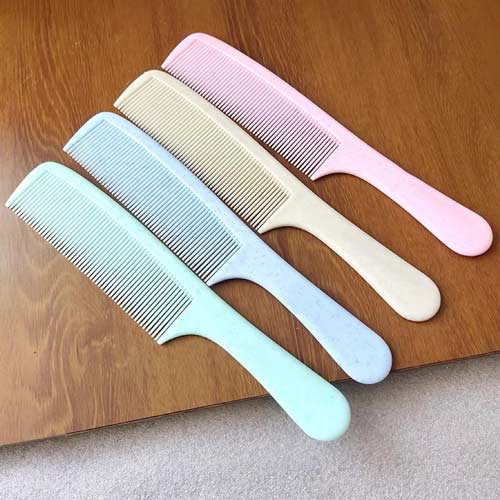
Fine-Tooth Comb
Furthermore, considering the diverse forms and intended purposes, we can categorize combs into the following types.
Pin-Tail Comb
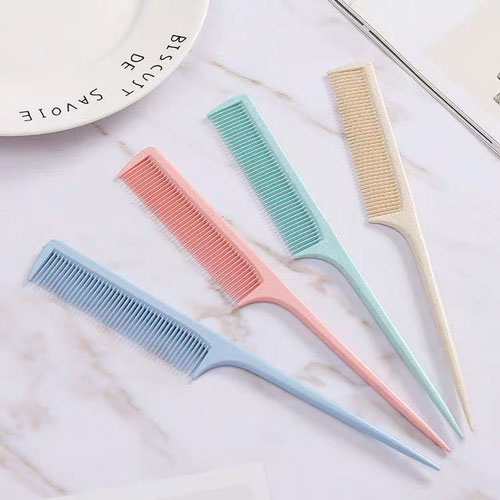
Pin-tail combs feature an elongated and thin tail, along with closely spaced teeth.
This type of comb has a wide range of applications in the field of hairstyling, especially when it comes to tasks like braiding and creating updos. Its special design enables more precise control of hair strands, helping hairstylists to create exquisite hairstyle results.
Barber Comb
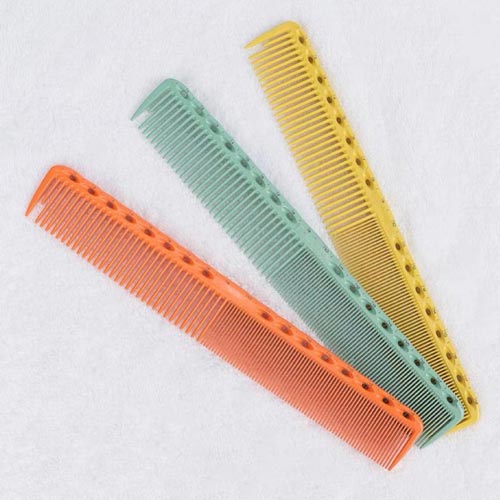
A barber comb serves as a specialized tool for hairstyling and grooming in barbershops. These combs typically feature both wide and fine teeth on different sides. This dual-sided design enables barbers to work with versatility, adapting to different hair textures and styling needs.
Moreover, some barber combs include markers or measurement scales, assisting barbers in precise length measurements, and ensuring symmetrical and consistent hairstyles.
Pick Comb
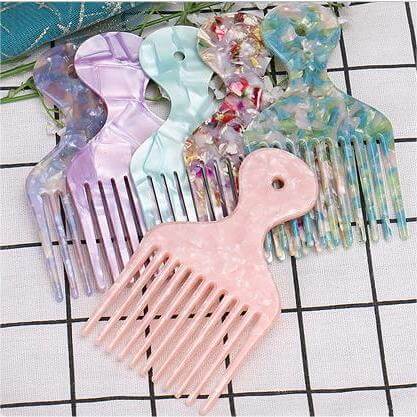
A pick comb is a flat, square-shaped comb that typically features forked or pronged teeth, resembling the talons of a bird. This design is effective in lifting hair at the roots, adding natural volume and texture to hairstyles.
Furthermore, you can use this comb to curl hair by wrapping sections of hair around the pronged teeth, creating curling effects.
Rake Comb
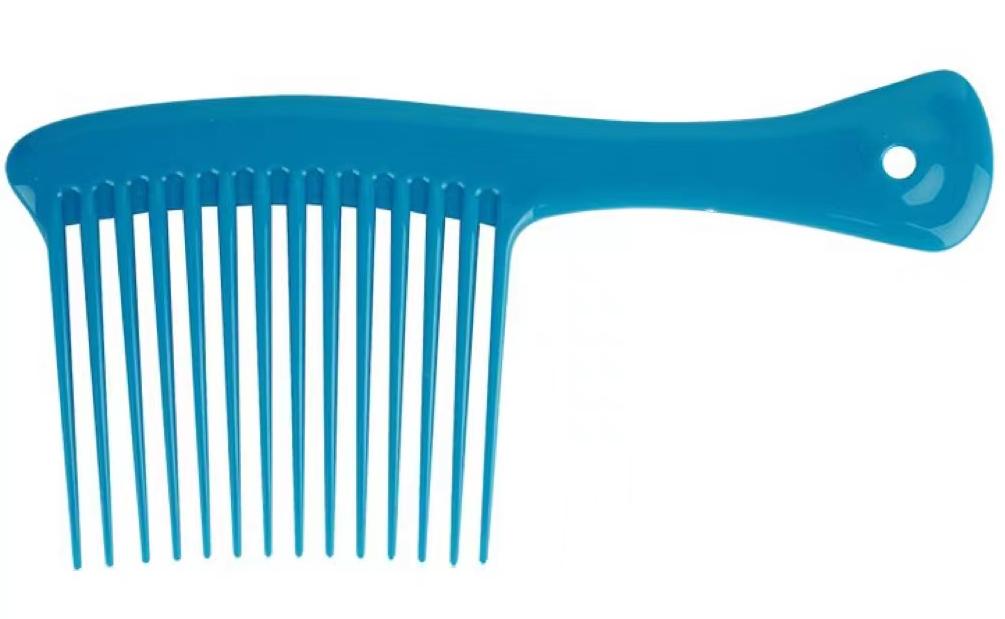
A rake comb has wide teeth, resembling the shape of a rake. It is primarily used for managing thick, or curly hair. Its significant distinction from a pick comb is its longer horizontal handle, which provides easier usability.
Pocket Comb
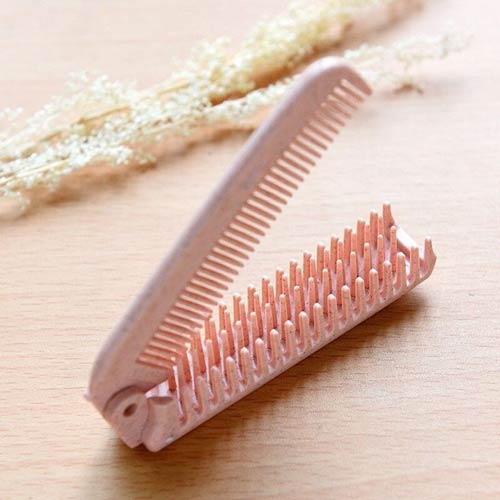
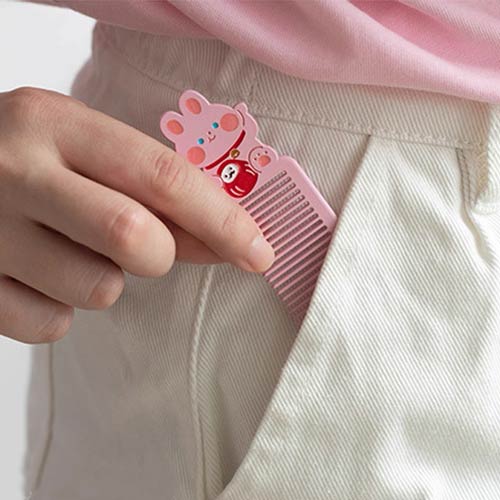
This is a compact and portable comb, perfect for slipping into pockets, bags, or wallets, enabling convenient hair grooming and styling on the go.
Pocket combs are often designed to be foldable or small in size. And they come in various interesting patterns and shapes, making them favored by fashion-conscious individuals.
Teasing Comb
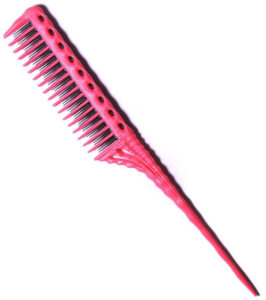
A teasing comb is specifically designed for adding volume at the roots and creating height in hairstyles. Its teeth are typically closely spaced and feature a unique layered design, which allows for easy teasing while combing, resulting in a voluminous hairstyle effect.
Lice Comb
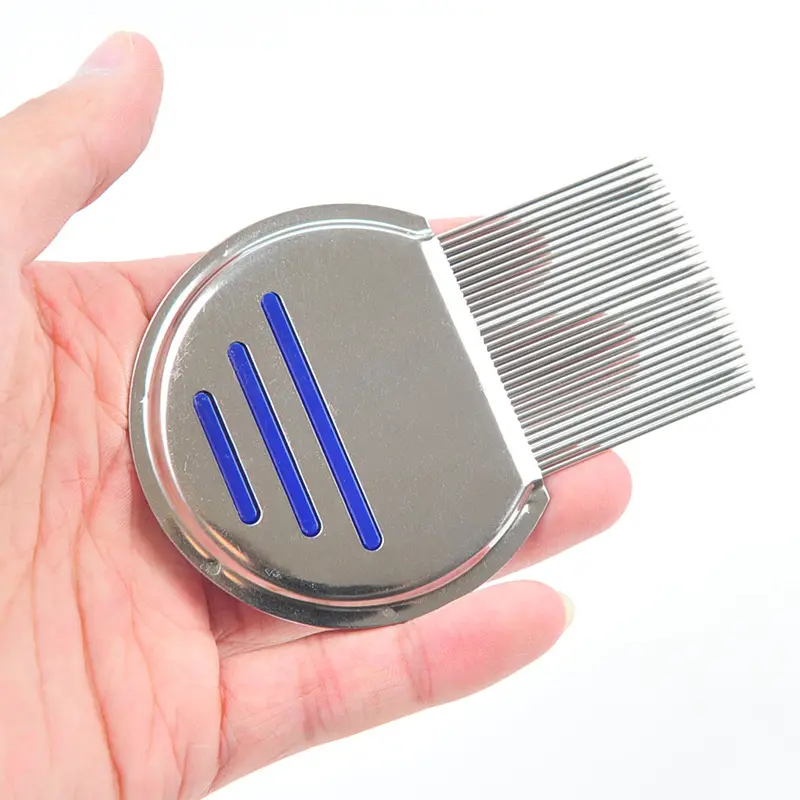
A lice comb is specially designed to remove lice and nits from the hair. It has very closely spaced teeth with thinner tips.
This type of comb is often used on pets, especially on animals such as dogs and cats. The common material on the market is mainly metal, because metal is harder and more durable than other materials, and can effectively penetrate the thick hair of pets to separate lice.
Five common types of brushes and their uses
Paddle Brush

A paddle brush is a wide, flat-shaped brush, which is usually suitable for medium to long hair. The teeth are usually arranged on a plane, and the surface is relatively large. This design makes it practical for detangling, organizing, and styling hair.
Round Brush
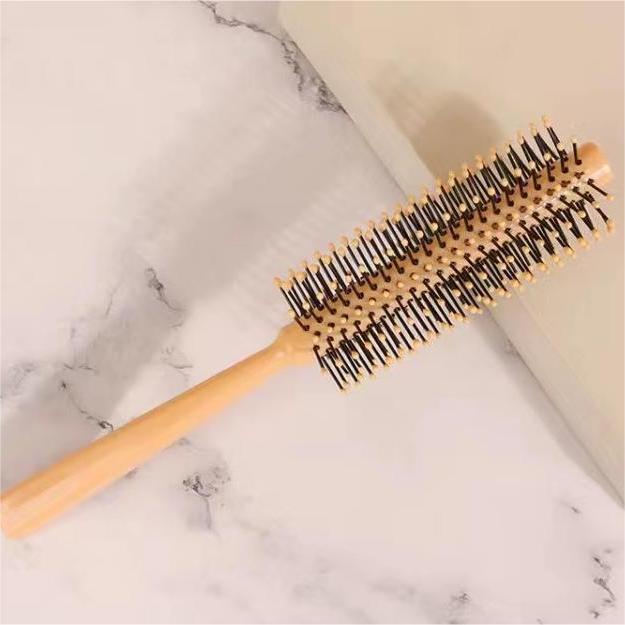
The teeth of the round brush are arranged in a circle. This design makes it very useful when styling and creating curls. It is usually available in different diameter sizes for a variety of hair types and lengths.
Loop Brush
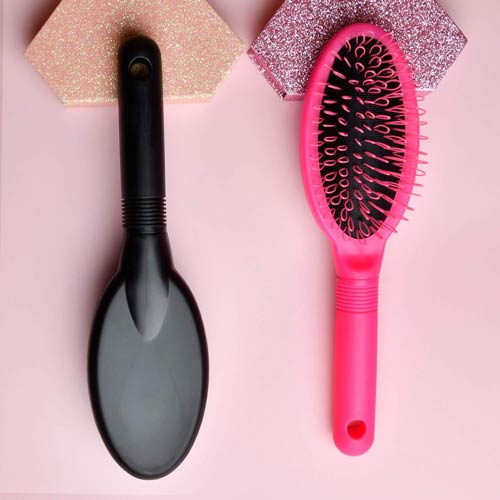
The unique looped bristle design of a loop brush allows for effortless detangling of hair, minimizing breakage and damage while combing. Additionally, the loop brush is also suitable for styling purposes.
Vented Brush
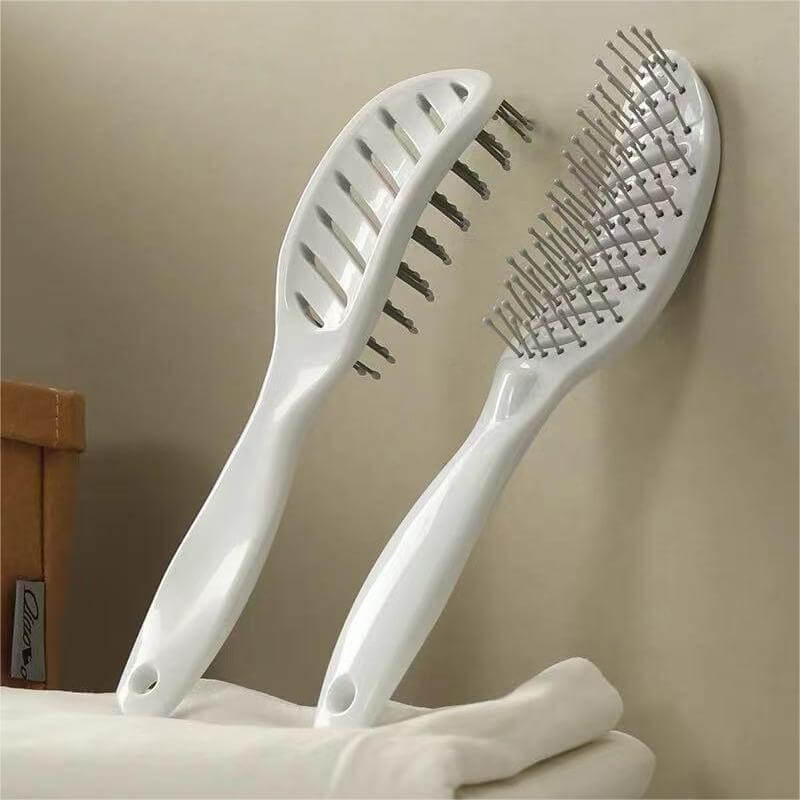
A vented brush is a practical tool used while blow-drying hair. It features wide gaps between the bristles, allowing for unrestricted airflow and consequently, quick hair drying.
In comparison to direct blow-drying, using a vented brush reduces the risk of heat damage, contributing to healthier hair overall.
Scalp Massage Brush
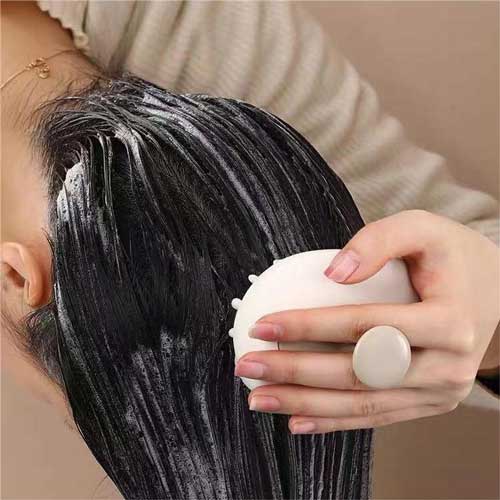
Scalp massage brushes are usually made of soft silicone material and feature multiple small nodes. In addition, it also comes with a cute and easy-to-use grip for better control. You can remove dead skin cells and dirt and also help to maintain the health of the scalp.
Four considerations when choosing combs or brushes
When selecting a hair comb or brush, there are several important considerations to ensure you’re using the right tool for your hair type and styling needs.
Hair Type
Your hair type plays a crucial role in choosing the right comb or brush. For example, the best combs or brushes for wavy hair are wide-toothed combs or brushes like round brushes and loop brushes. The best choice for thinning hair is usually a brush that minimizes breakage, such as a boar bristle brush.
Bristles
Bristles play a crucial role in determining the effectiveness and functionality of hair brushes. A wide range of bristle materials exists, each catering to specific hair types and styling needs. Some common bristle materials include nylon, boar bristle, metal, silicone, and plastic.
For instance, nylon bristles are typically firm, making them suitable for detangling coarse and thick hair. Silicone bristles are prized for their softness and flexibility, making them an excellent option for children with delicate and fine hair. Boar bristle brushes offer unique benefits such as distributing natural oils and reducing frizz, making them a popular choice for enhancing hair health and appearance.
Handle Material
The handle material is crucial as it directly impacts the comfort and usability of the experience. Soft materials like silicone can provide a comfortable grip and prevent slipping, which is suitable for use in wet hair conditions. On the other hand, if durability is a priority, a comb with a wooden handle can maintain quality over time and adds a touch of sophistication.
Size
Size is a crucial consideration that directly impacts user convenience. Generally, the overall size of the comb should match the palm’s size. Additionally, if the comb is intended for on-the-go use, opting for a smaller pocket comb is more suitable and convenient.
As a leading sourcing company in China, JingSourcing has played a pivotal role in assisting over 4000+ importers with their wholesale and custom product needs.
Working closely with leading manufacturers in the hair care sector, we provide diverse customization choices, including shapes, materials, and sizes. We utilize printing methods like heat transfer and screen printing to incorporate your logo, pattern, and design into the product, tailored to your specific preferences.
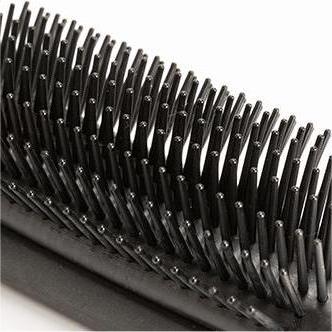
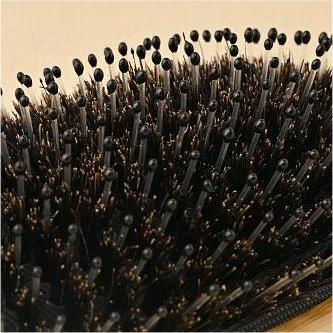
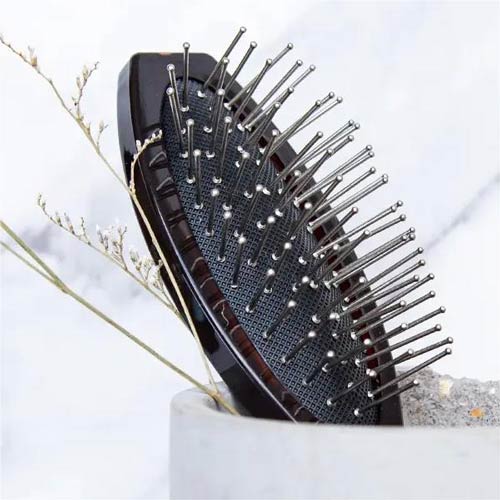


Leave A Comment